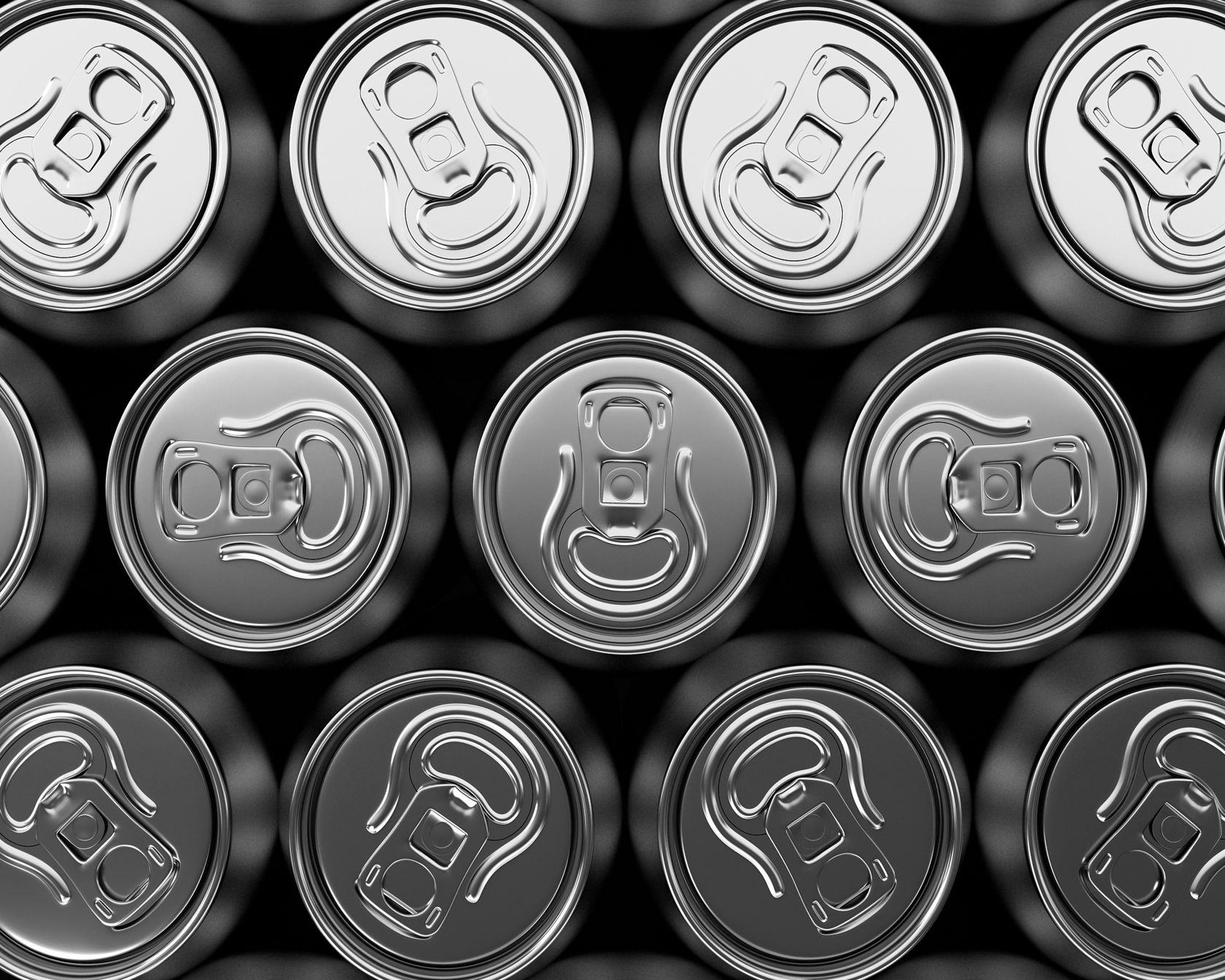
13 Dec Aluminium recycling process
Aluminium recycling process
Why Aluminium should be Recycled: Aluminium is 100% recyclable and experiences no loss of properties or quality during the recycling process. Recycling aluminium also uses only 5% of the energy used to create new Aluminium and emits only 5% of the greenhouse gases. It is for these reasons that approximately 75% of the aluminium ever produced is still in use today by recycling method.
Recycling Method: Aluminium recycling is the process by which scrap aluminium can be reused in products after its initial production. The process involves simply re-melting the metal, which is far less expensive and energy intensive than creating new Aluminium from its Bauxite Ore.
Success of Aluminium Recycling: Aluminum production has been ongoing for over a century and is still going strong. One of the key factors in the success of aluminum is its recyclability. In fact, recycling has proven so valuable—both economically and ecologically—that recovery and recycling has become its own industry, and a highly successful one.
While UBC (Used Beverages Can) are the most visible part of the aluminum recycling story, they are far from the whole story. In fact, UBC recycling typically amounts to less than 30 percent of the tonnage of aluminum consumer products that are recycled.
The growth of the market for recycled aluminum is due in large measure to economics. Today, “Aluminium Recycling” is cheaper, faster, and more energy efficient & it achieves higher recovery rate of aluminum than ever before. In addition, to achieve a given output of ingot, recycled aluminum requires only about 10 percent of the capital equipment compared with primary aluminum.
Aluminium Recycling Process
The aluminum recycling process is fairly straightforward in its major steps. Aluminum cans (UBC) recycling, for example, is a closed-loop process, which means the new product at the end of the recycling process is the same as the source product. It goes like this:
The consumer throws aluminium beverage cans and foil into a recycle bin.
All UBC (Used Beverage Cans) are baled and formed in compact shape and size for ease of logistics.
In the treatment plant the aluminium is sorted and cleaned ready for reprocessing
The cans are shredded into small pieces and fed into a Decoater Dryer Machine to remove paint coating available on surface area of the UBC metal shreds.
It then goes through a re-melt process and turns into molten Aluminium Metal.
The molten metal from the furnace is molded and cooled into rectangular or in other type of ingots.
The ingots are sent to other process or flattened into thin sheets, which are then used to make new cans.


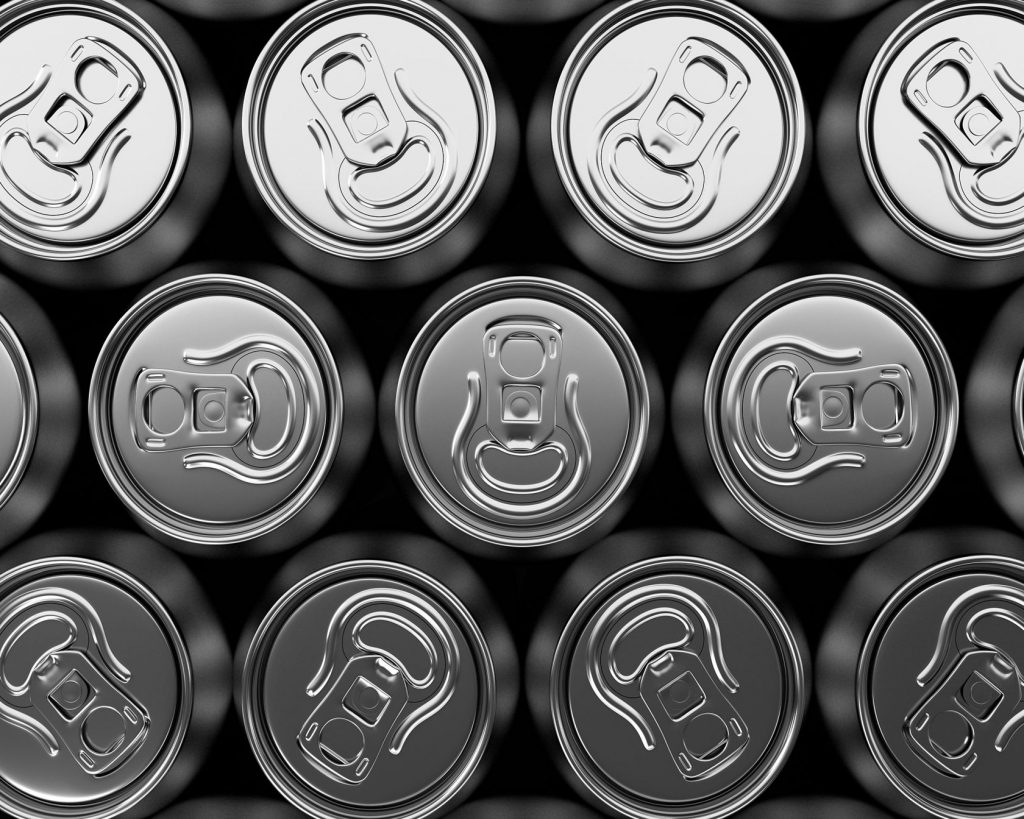
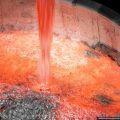
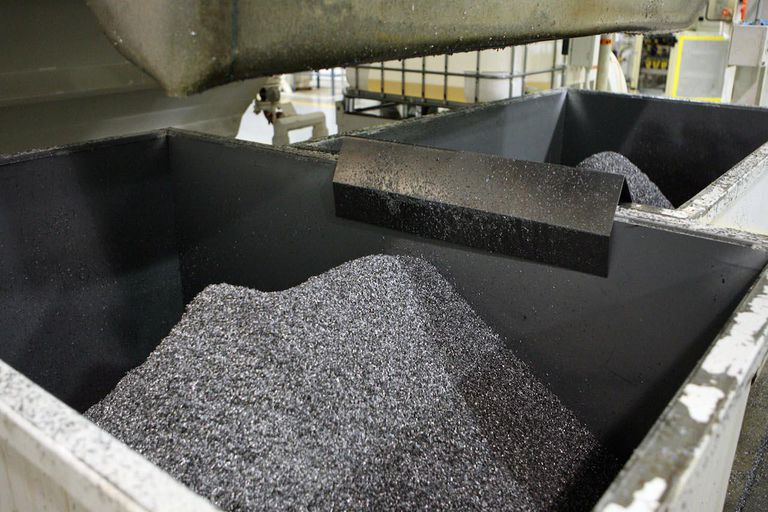
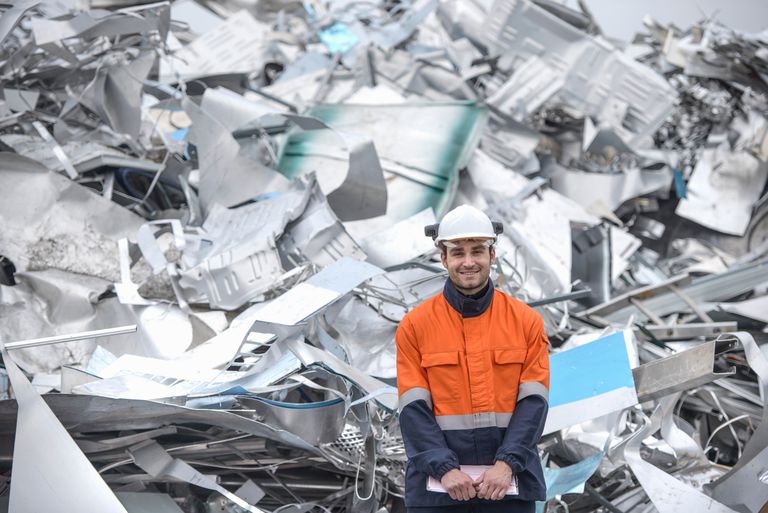
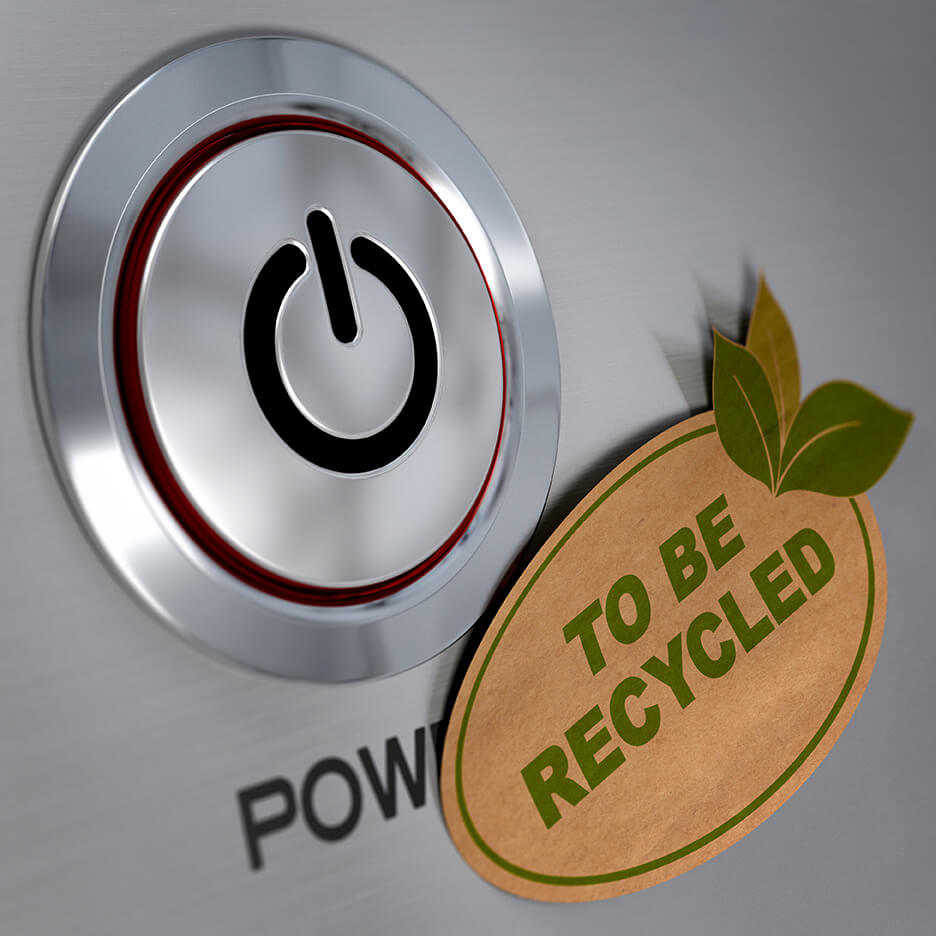
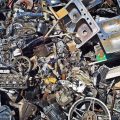
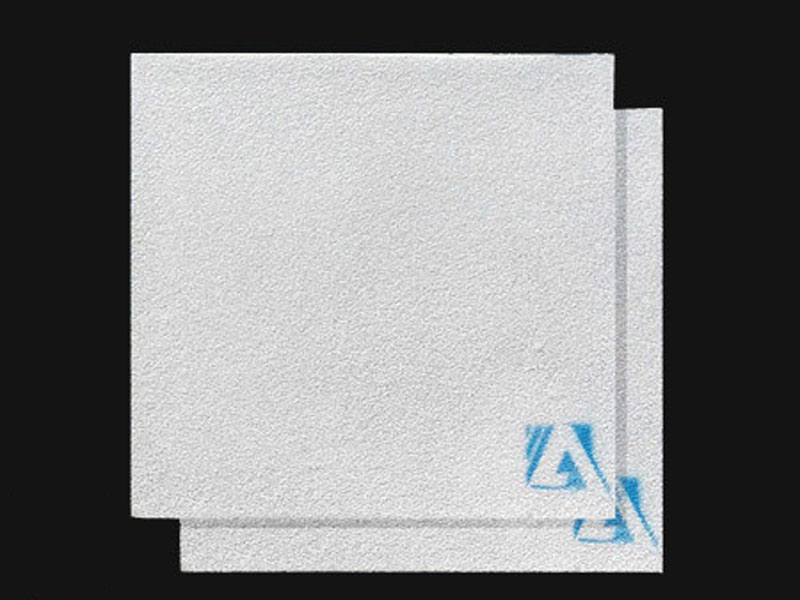
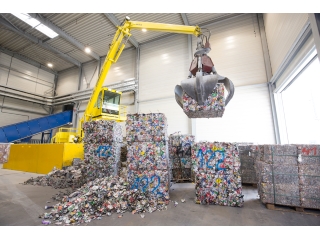
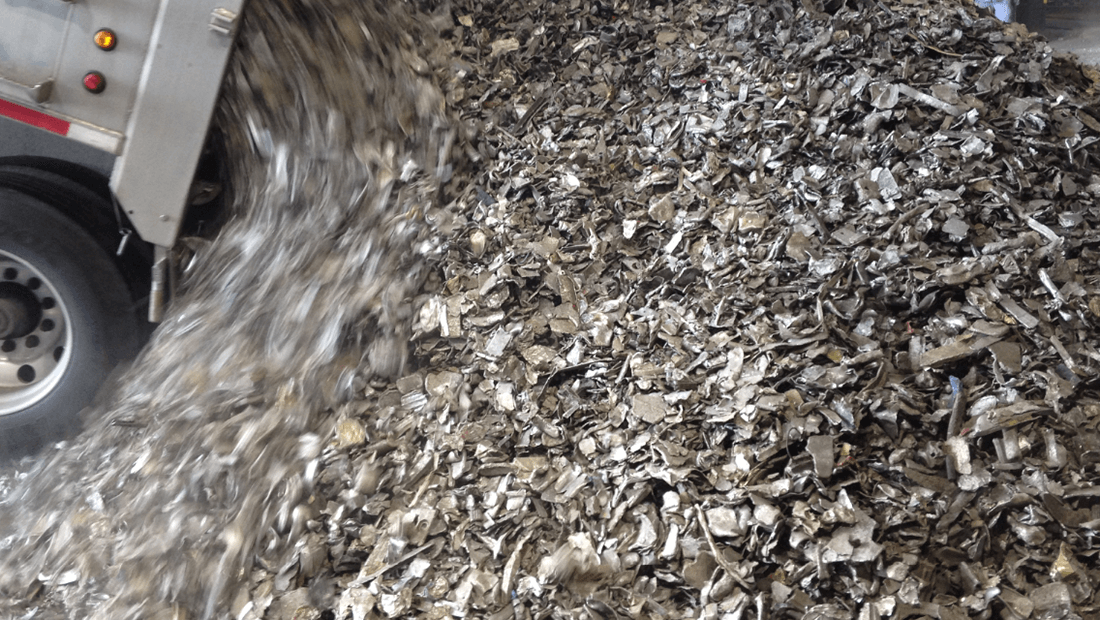

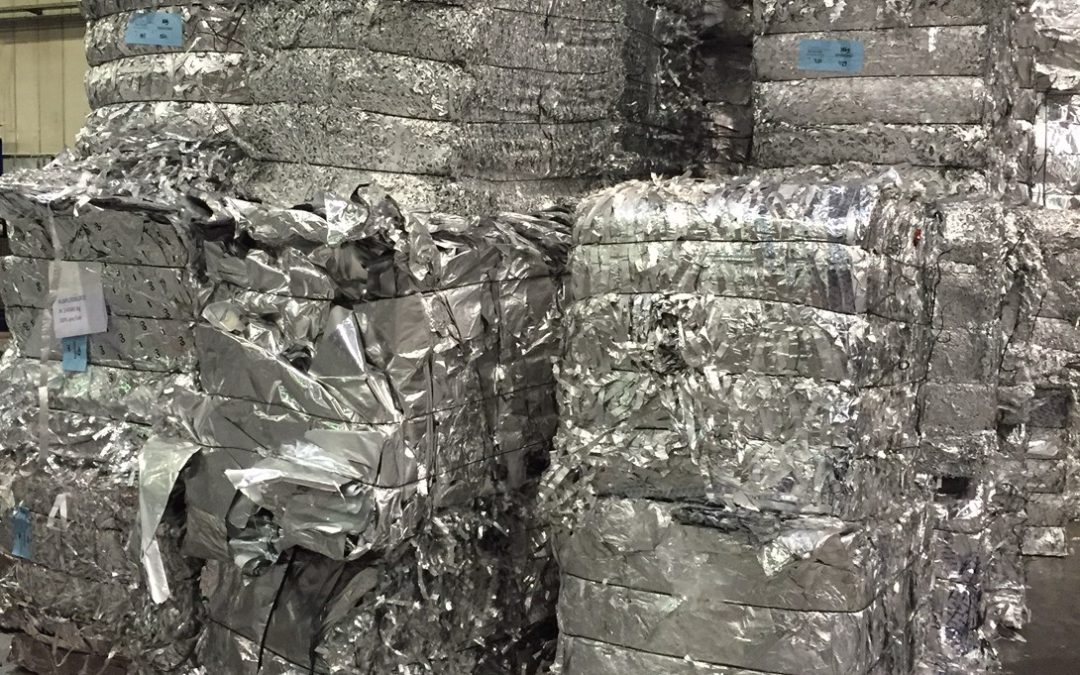
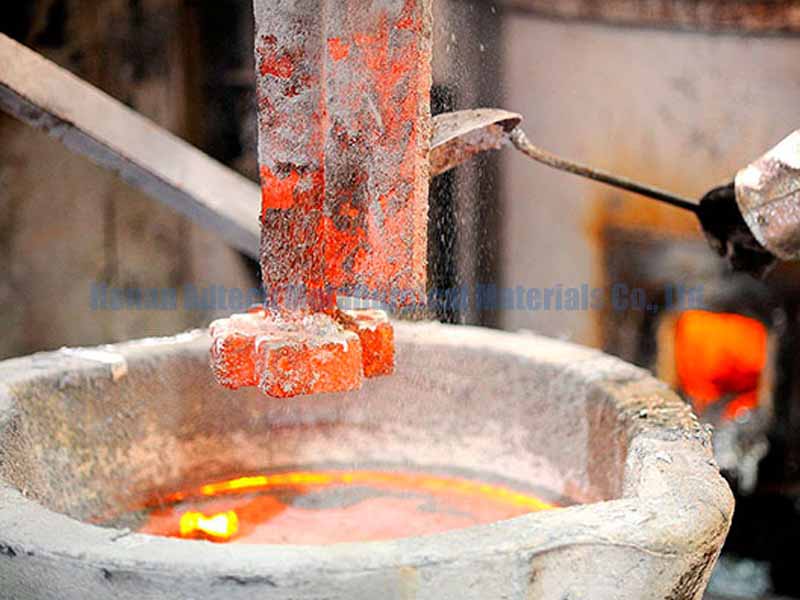
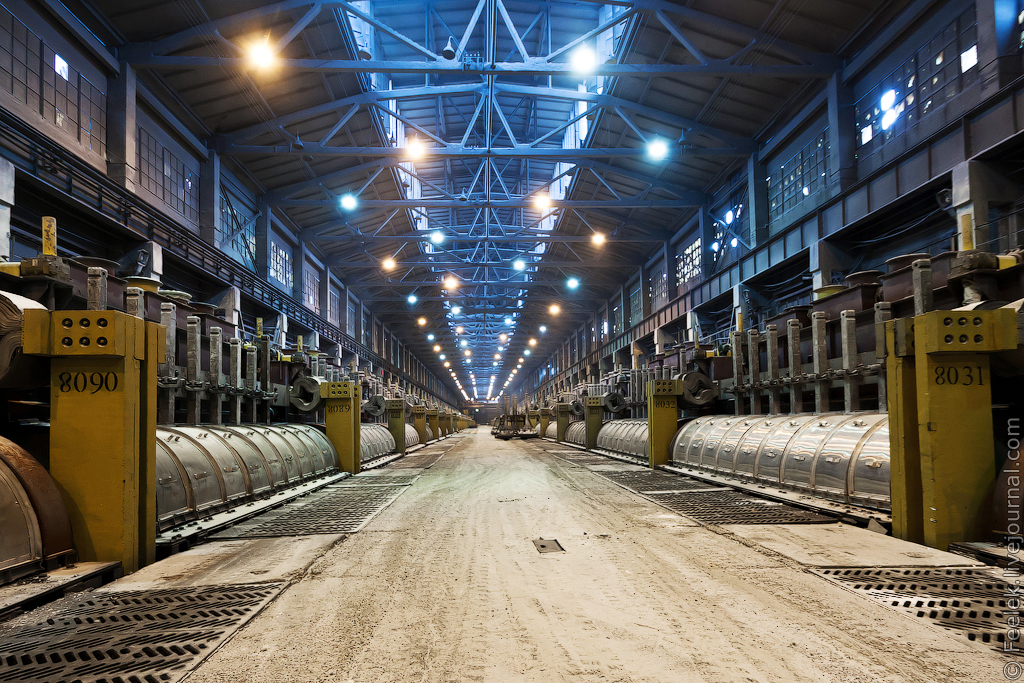
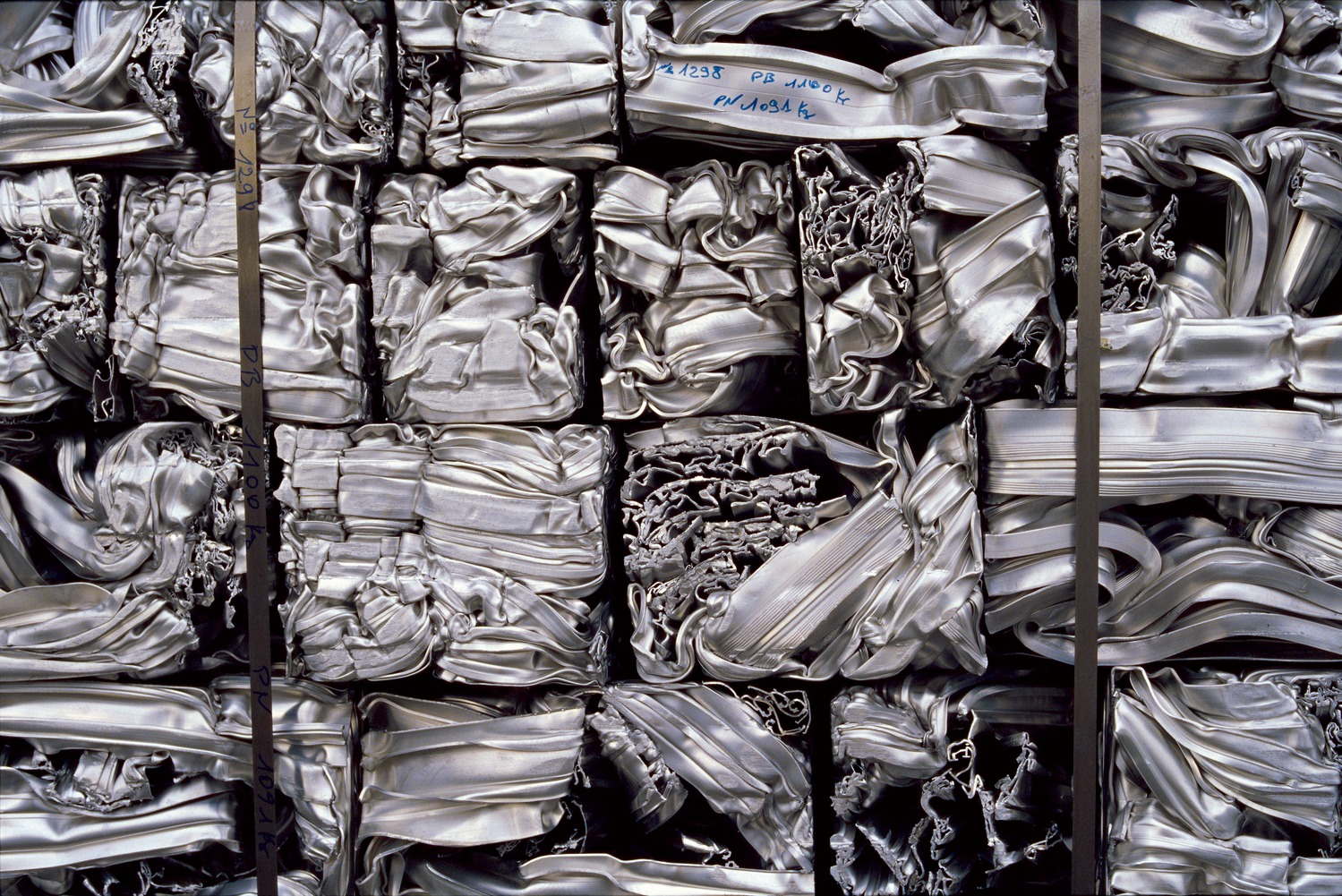
No Comments